Trying out Container Tools in Visual Studio 2019
I've been doing more and more work in Docker containers (rather than on the metal) and I noticed recently that Visual Studio 2019 added updated support for containers within VS itself so gave it a try.
When you make a new ASP.NET Core web app, make sure to check "enable docker support" when you click create.
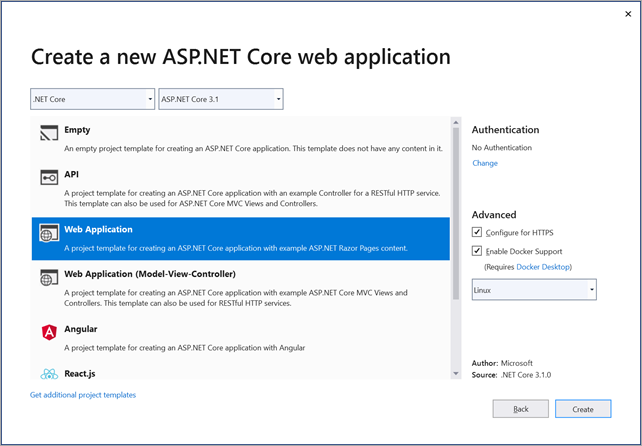
You'll need Docker for Windows first, of course. I'm using the new Docker Desktop for Windows that uses WSL2 for its backend rather than a utility VM that's visible in Hyper-V.
Now, within Visual Studio 2019, go to the View Menu and click "Other Windows | Containers." I like to dock this new tool window at the bottom.
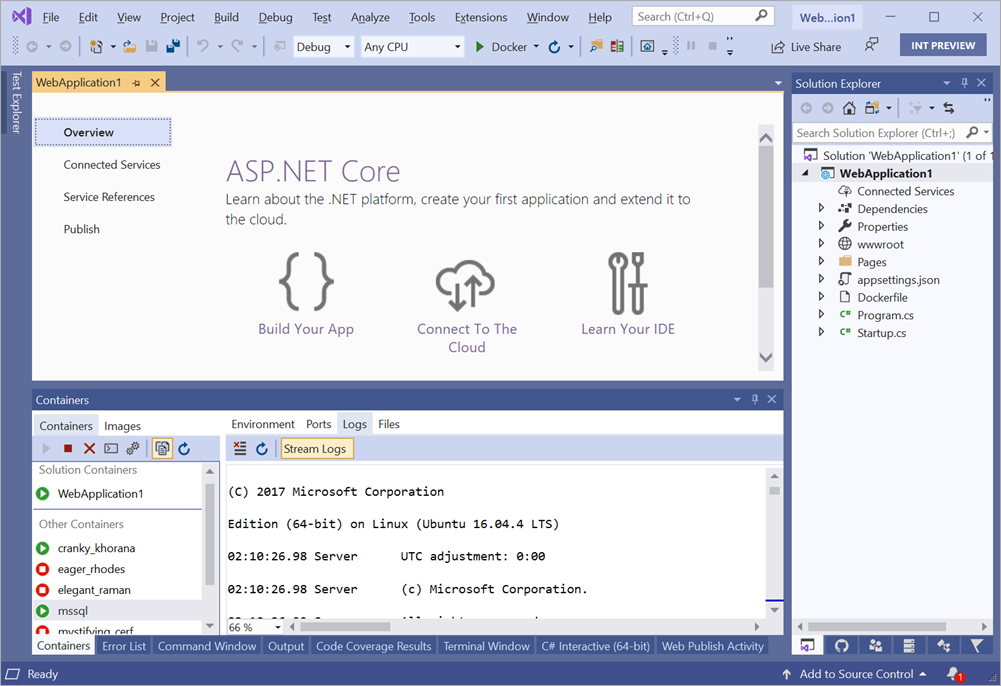
Note in my screenshot above I'm starting up SQL Server on Linux within a container. This window is fantastic and includes basically everything you'd want to know and see when developing within a container.
You can see the ports exposed, the container's local file system, the environment, and the logs as they happen.
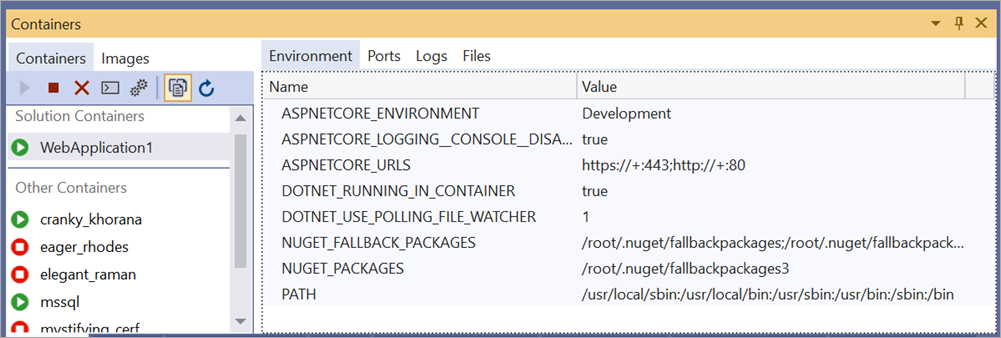
You can even right-click on a container and get a Terminal Window into that running container if you like:
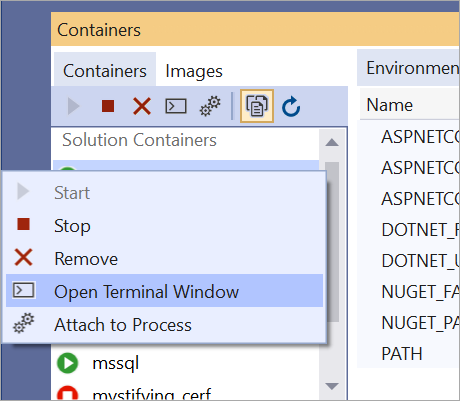
You can also see https://aka.ms/containerfastmode to understand how Visual Studio uses your multistage Dockerfile (like the one below) to build your images for faster debugging.
FROM mcr.microsoft.com/dotnet/core/aspnet:3.1-buster-slim AS base
WORKDIR /app
EXPOSE 80
EXPOSE 443
FROM mcr.microsoft.com/dotnet/core/sdk:3.1-buster AS build
WORKDIR /src
COPY ["WebApplication1/WebApplication1.csproj", "WebApplication1/"]
RUN dotnet restore "WebApplication1/WebApplication1.csproj"
COPY . .
WORKDIR "/src/WebApplication1"
RUN dotnet build "WebApplication1.csproj" -c Release -o /app/build
FROM build AS publish
RUN dotnet publish "WebApplication1.csproj" -c Release -o /app/publish
FROM base AS final
WORKDIR /app
COPY --from=publish /app/publish .
ENTRYPOINT ["dotnet", "WebApplication1.dll"]
Go read about the new Container Tools in Visual Studio. Chances are you have a dockerfile in your project but you haven't brought this Containers Tool Window out to play!
Sponsor: Organizations that scan their code more than 300 times a year have 5x less security debt than those with sporadic testing processes. The 2019 SOSS X report from Veracode digs into this data—and more.
About Scott
Scott Hanselman is a former professor, former Chief Architect in finance, now speaker, consultant, father, diabetic, and Microsoft employee. He is a failed stand-up comic, a cornrower, and a book author.
About Newsletter



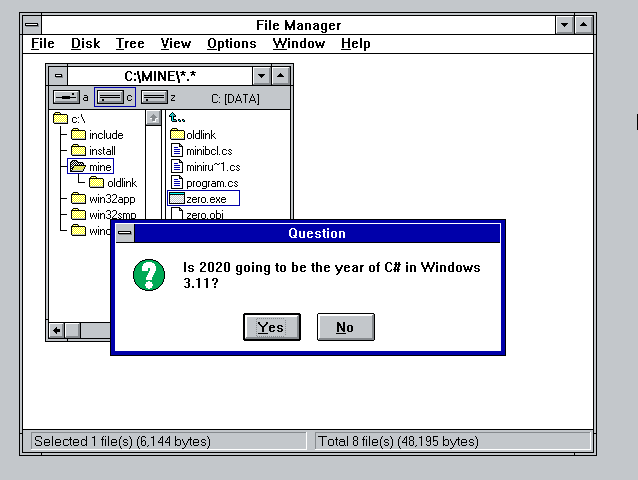
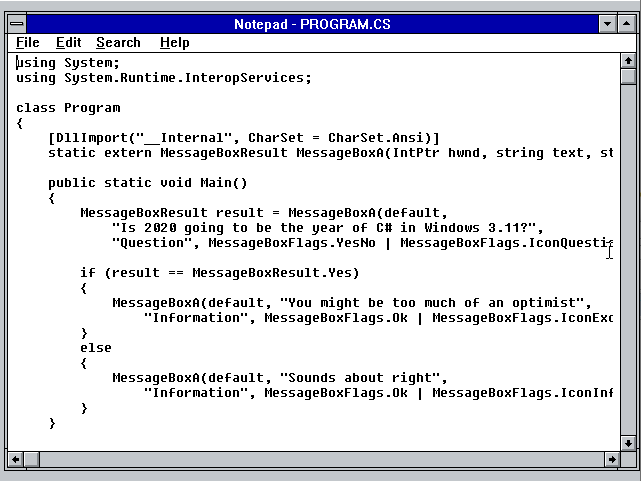
 Hey! Did you know
Hey! Did you know 
